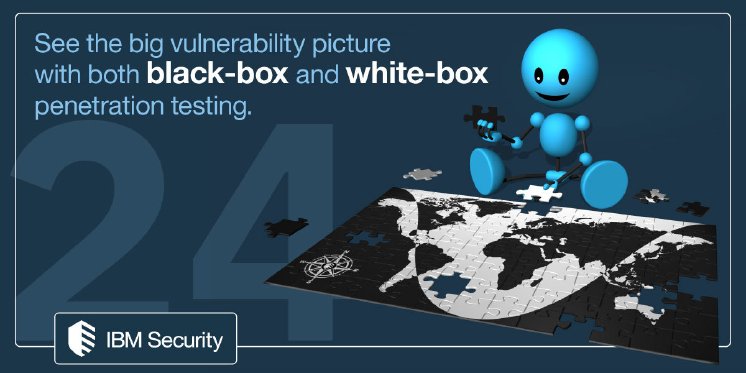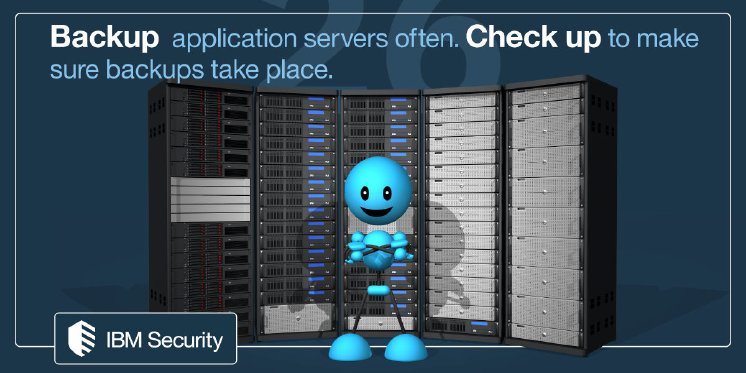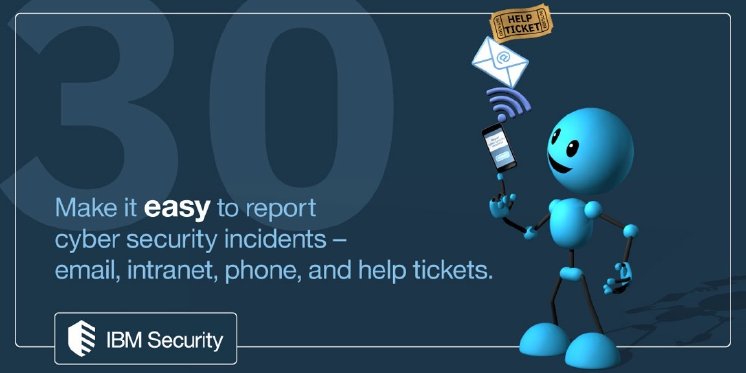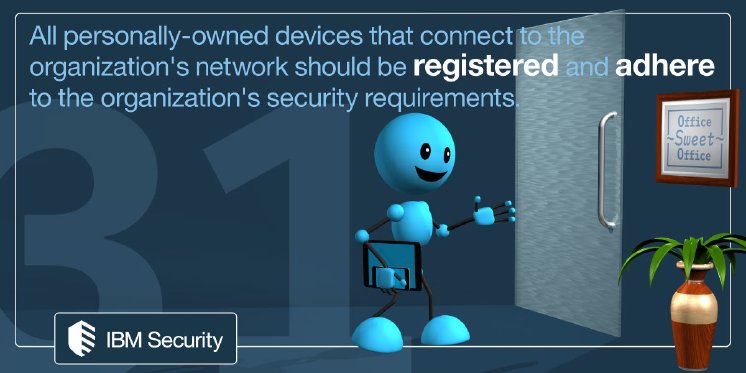Nine Lessons From Week Four of NCSAM
Check out our previous tips from week one, week two and week three of NCSAM to start putting together your to-do list. Below are nine more things to consider.
23. Test Your Incident Response Plan
Did you know organizations that are able to complete an investigation of a breach in 30 days or less save an average of nearly $1 million over those who don’t? If you don’t have incident management and response plans or have not been testing them, start ASAP. An effective incident response strategy requires intimate knowledge of the IT environment, thorough and regular testing, strong detection tools and comprehensive historical analysis.
If you could use help, reach out to the IBM X-Force team. The X-Force Incident Response and Intelligence Services (IRIS)team specializes in providing incident response planning, program development, response to critical breaches, remediation and threat intelligence to clients in over 133 countries.
24. Pay Attention to the Attacks That Can Surprise Your Organization
Having penetration testers assess your systems can provide a comprehensive and prioritized view of what should be done to best protect them from the growing number of cyberthreats. Once penetration testing has exposed the gaps in security, the testers can make recommendations on how to close them. Regular penetration testing should be carried out periodically, especially when new partners, technologies or tools are added to the mix.
The IBM X-Force Red team delivers a security testing program that focuses on management of vulnerability data, rapid testing of any target and analytics to help you rate your risk.
25. Supplement Your Threat Intelligence With Reliable External Feeds
Do your threat intelligence tools provide notifications for vulnerabilities, repositories for critical security research, programmatic access to threat intelligence, collaborative platforms for teaming and analysis of suspicious files? They should. If you are still looking for the right tool, consider IBM X-Force Exchange. This cloud-based, collaborative threat intelligence platform can help you research the latest global security threats, aggregate actionable intelligence and collaborate with peers to quickly identify external threats and act on them.
26. Run Regular Corporate Application Server Backups
Do you run regular corporate application server backups? Don’t assume — make sure. An effective backup strategy is one part of a larger incident response plan, which should be developed proactively.
27. Have a Sound Disaster Recovery Plan
If disaster strikes, what process or procedures is your company going to follow? You need a backup and recovery solution in place that protects your critical business data from all threats, whether it’s a file that was deleted accidentally or a complex service restoration that spans multiple clouds, geographies and platforms.
28. Conduct Business Continuity Testing on Your Plans and Policies
Capture the flag is a classic, but have you tried a security incident simulation? Bring your teams to IBM’s X-Force Command Center, where they can experience simulated security incidents in an airlocked cyber range. Gamificationhelps analysts stay sharp and offers a tangible way to understand how their contributions impact the organization’s security posture.
29. Adopt Industry-Recognized App Development Best Practices
According to Bugcrowd, 94 percent of chief information security officers (CISOs) are worried about application security tools. While it’s important to adopt industry-recognized app development best practices, companies also need to use web app vulnerability testing. Organizations must change the way they develop and deploy apps to ensure that testing, rather than time to market, is the ideal key performance indicator (KPI).
30. Encourage Easy and Prompt Reporting of Cybersecurity Incidents
Would your staff know what kind of incidents to report on and how? Make sure you have a clear and effective process in place for your employees to report cybersecurity incidents and stress the importance of doing so promptly. Prompt and detailed reporting can lead to early detection and prevent incidents from occurring.
31. Manage Personal Devices That Connect to Your Network
With bring-your-own-device (BYOD), attackers have literally been given millions of new entry points to the enterprise. Their challenge is in determining which ones to exploit. Make sure that all personal devices that connect to the organization’s network are registered and adhere to the organization’s security requirements.
A Final Thought
Cybersecurity is an ever-changing field with new and more treacherous traps being set as you read. The least you can do is to get the basics right. Once you have a solid foundation, don’t get comfortable. Security seems simple until the moment a cyberattack strikes. Needless to say, there is a tremendous risk and cost associated with those who wait for that moment.











